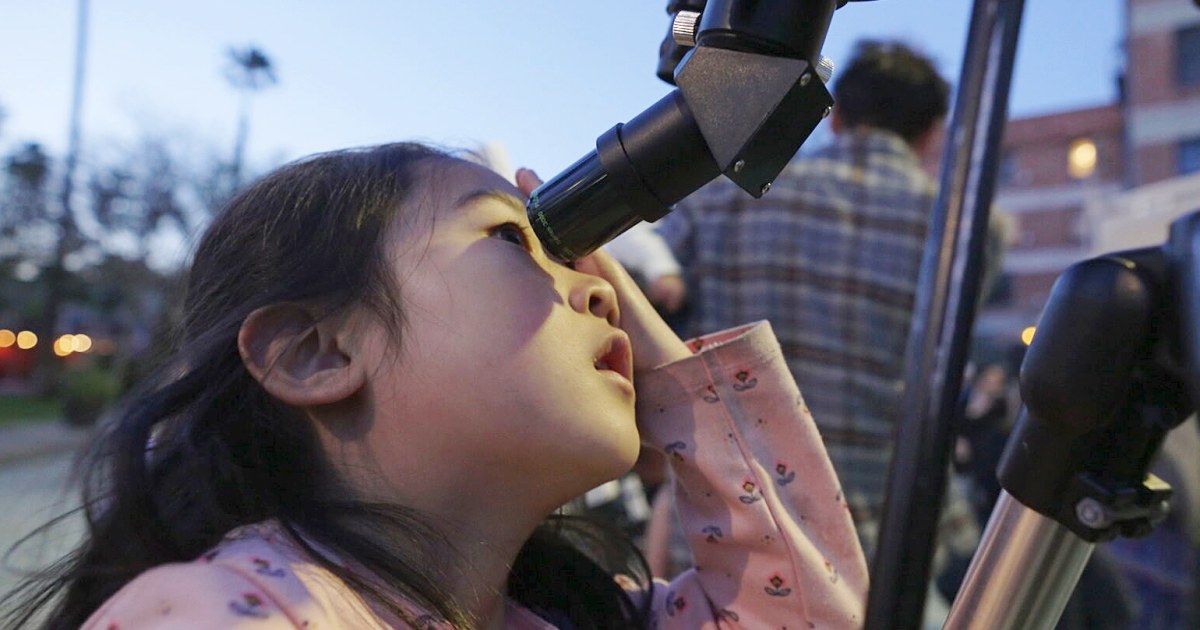
TOMS
TOMS is a space mission concept that stands for Time-domain Observations of Microlensing Sources. It aims to detect and characterize exoplanets through the microlensing technique, which uses the gravitational lensing effect of a foreground star to magnify the light of a background star. The TOMS mission would use a space telescope to monitor millions of stars in the Galactic bulge and disk, searching for microlensing events that could reveal the presence of exoplanets. By measuring the duration and shape of the microlensing light curve, TOMS could determine the mass and distance of the lensing object, and infer the presence of planets orbiting around it. The mission would also study the structure and kinematics of the Milky Way, and contribute to the understanding of dark matter and stellar populations.
Your Previous Searches
Random Picks
- Liquid Bridges: In space and astronautical engineering, liquid bridges refer to the phenomenon where a liquid forms a bridge between two solid surfaces due to capillary forces. This occurs in microgravity environments where surface tension dominates over g ... Read More >>
- Processors: In the context of space and astronautical engineering, processors refer to the electronic devices that are used to control and manage various systems and functions of spacecraft and satellites. These processors are responsible for executing ... Read More >>
- Exhaust Plume: In space and astronautical engineering, an exhaust plume is the stream of hot gases expelled from a rocket engine. The plume is formed as a result of the combustion of propellants and contains various chemical species such as water vapor, c ... Read More >>
Top News

Easter's date remains divisive. Some church leaders want that to change...
Eastern and Western churches will celebrate Easter on the same day this year, while marking 1,700 years since the Council of Nicaea unified Christian doctrine...
News Source: ABC News on 2025-04-19

In a city of stars, Los Angeles astronomy club makes sure to keep looking up...
LOS ANGELES — While Los Angeles is home to the biggest stars in the world, a monthly get-together is proving that the city’s rich and famous have nothing on the universe....
News Source: NBC News on 2025-04-18

This week on "Sunday Morning" (April 20)...
A look at the features for this week's broadcast of the Emmy-winning program, hosted by Jane Pauley....
News Source: CBS News on 2025-04-17

Scientists detect strongest hints yet of life on a distant planet...
Scientists have detected unique chemical patterns similar to those produced by the Earth's algae and seaweed — raising the possibility of the presence of a warm ocean, perhaps teeming with life, on ...
News Source: NBC News on 2025-04-17

Is there life on another planet? Scientists find the strongest evidence yet...
Near a planet far, far away astronomers have found traces of chemicals that on Earth are only produced by living beings....
News Source: Al Jazeera English on 2025-04-17